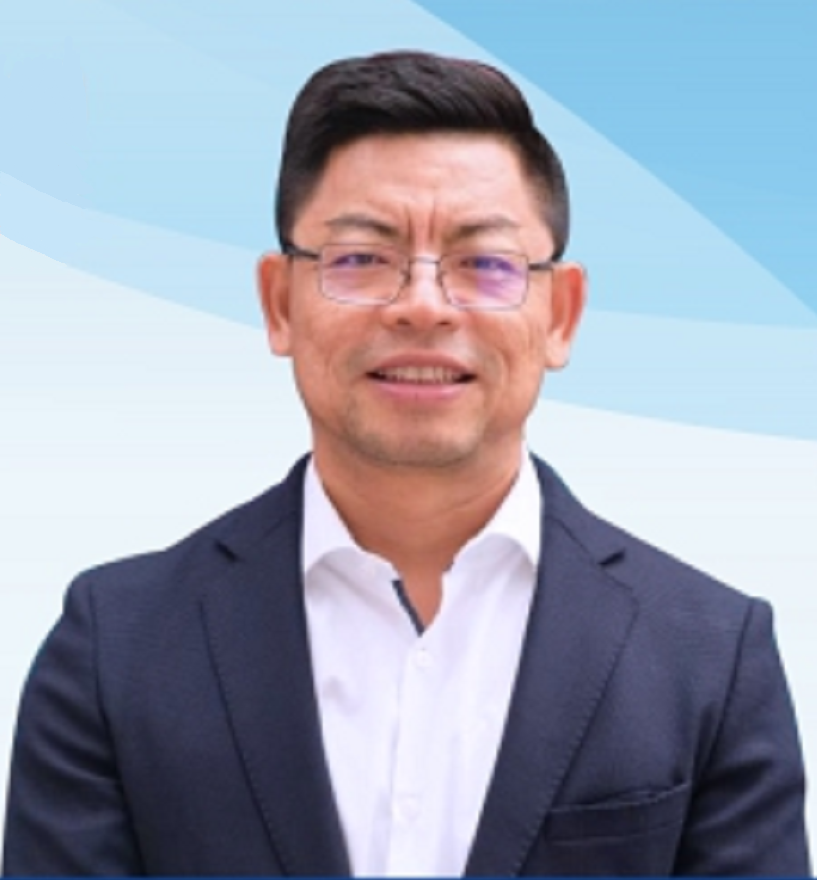 报告题目:Interface-enabled photodetection in oxide heterostructures
报告题目:Interface-enabled photodetection in oxide heterostructures
报告人:Profs.Tom Wu (吴韬)
School of Materials Science and Engineering, University of New South Wales
报告时间:2019年7月18日(星期四) 10:00
报告地点:理化大楼一楼科技展厅
Abstract:
Light-matter interaction is a long-lasting theme in condensed matter physics, which propels the advance of optoelectronics. Photodetection in different wavelength regimes is the foundation of a wide range of sensing, imaging, medical and surveillance technologies. Here I will discuss the use of transition-metal oxides and their heterostructures with proper bandgaps and architectures to detect photons with different wavelengths. First, we report a mid-infrared (up to 10 μm) mixed-dimensional photodetector enabled via coupling a narrow bandgap semiconductor Ti2O3 with graphene [1]. Second, I will discuss a nonvolatile memory made of ferroelectric Sm0.1Bi0.9FeO3 and semiconducting Nb-doped SrTiO3, where giant tunnelling electroresistance and tunable photovoltaic effect are observed [2]. Finally, I will discuss a colossal persistent photoconductivity observed at room temperature in the epitaxial ferroelectric/semiconductor oxide junctions, where the junction conduction is enhanced by six orders in magnitude under X-ray illumination [3].
References:
[1]X. Yu, et al., Nature Communications, 9, 4299 (2018).
[2] W. J. Hu, et al., Nature Communications, 7, 10808 (2016).
[3]W. J. Hu, et al., Advanced Functional Materials, 28, 1704337 (2018).
Brief CV:
Dr. Tom Wu (吴韬) is a professor in the School of Materials Science and Engineering at University of New South Wales (UNSW) in Sydney, hired through the Strategic Hires and Retention Pathways (SHARP) scheme. He received his B.S. degree from Zhejiang University in 1995 and Ph.D. degree from the University of Maryland, College Park in 2002. Before joining UNSW, Dr. Wu worked as postdoc in Argonne National Laboratory in Chicago, assistant professor in Nanyang Technological University (NTU) Singapore, and associate professor in King Abdullah University of Science and Technology (KAUST). Dr. Wu has authored 240 peer-reviewed papers with citations of more than 13,000 and a H-index of 66. His research explores oxide thin films, nanomaterials, and hybrid perovskites, with a focus on their electronic, magnetic and optical functionalities. His group has witnessed the career development of 18 PhD students and 29 postdocs. He also serves as an Associate Editor for ACS Applied Materials & Interfaces.

